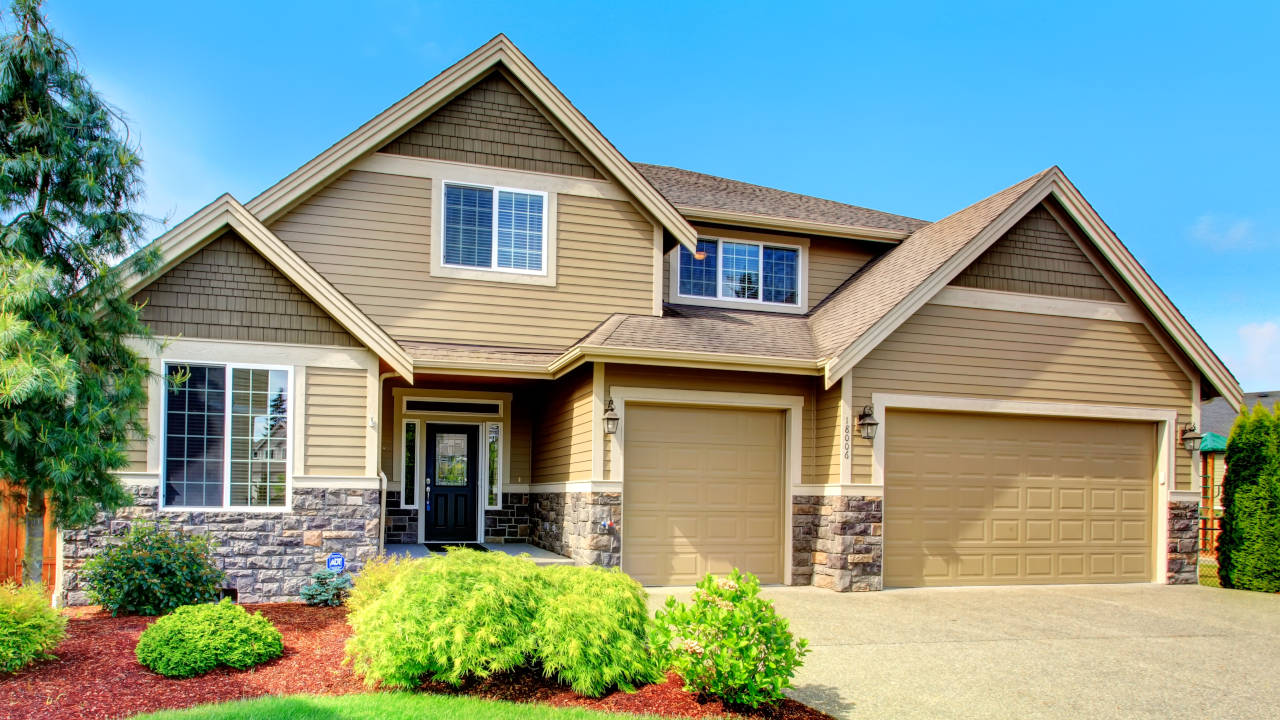How To Install Vray Material Converter Calculator

:: Free V-Ray Tools Free V-Ray Tools Free V-Ray Tools V-Ray for 3ds Max Tools • • • • V-Ray for Rhino Tools • • V-Ray for SketchUp Tools • • V-Ray Newsletter Renderings by Dennis Brunn Subscribe to our V-Ray Newsletter Subscribe to our V-Ray Newsletter and receive new V-Ray product announcements, special sales, tutorial updates and more! Brought to you by Visual Dynamics ® LLC. Your email address is never shared and is always kept strictly confidential.
Each newsletter that we send always has a single click unsubscribe link so that you can unsubscribe at any time if you decide that you wish to do so. * Your email address: * Enter the security code shown: Your cart News.
Lester's Material Serviceauto repairs service in McHenry,call 815-385-1400. #1 quality care for your car maintenance,auto transmission service,brake repair service. Phoscyon Bassline Keygen Free here. How To Install Vray Material Converter. Install SIGERSHADERS V-Ray Material Presets Pro 2.6.3 For 3ds. How to install vray for sketchup pro 8. Download Game Money Tree Full Version.
Does anyone know if the new scene converter in 2017 works with Vray materials? I'd love to be able to translate Vray back and forth in a scene.
This tutorial is a brief overview of what you will be able to do with Vray, one of the most popular rendering plugins for 3D Studio Max. First learn 3D Studio Max, then start with Vray. It is an extension to 3DS Max, not a replacement! For example things like the material editor, creating and manipulating objects, modifiers etc should all be familiar before trying to learn Vray. What is Vray?
As you probably already know, Vray is a render plugin. It's a plugin, which means that it adds functionality to an existing program. Vray's features mainly aim at creating photorealistic images, together with improving rendering speed. Currently, Vray exist for 3D Studio Max, Maya, Rhinoceros 3D, Sketchup, Softimage, Blender and there's even a standalone version available. Please check out the for information on compatibility and pricing. This tutorial is made with Vray for 3dsMax, but the plugins for the other packages are generally very similar.
Most of Vray's features can be found in the render setup dialog (F10), but many other additions are distributed across the complete program. For example Vray adds its own materials and textures, light types, a fur generator, a toon style effect, displacement modifier, frame buffer, effects, etc. Vray is created by Chaosgroup, a European company based in Bulgaria. Vray 3.0 Features - Full scene anti-aliasing Anti-aliasing is directly related to image quality. Take a look at the image below to see the difference between anti-aliasing and no anti aliasing. It deals with smoothing out object edges, texture details, blurry reflections, area shadows etc. Because it affects so many aspects in your image, it is very important to understand how to control it.
Changing anti aliasing settings has a huge effect on render times, it can bring a render from 5 seconds to a few hours by altering a setting from 0.1 to 0.001. In Vray you can control the quality of the image with only a few settings, which makes this perfect for switching from a quick preview render to a high quality final image. You just have to learn and understand the effect and importance of each setting, so you know what to expect by changing a parameter.
Vray 3.0 - Standard V-ray Material Vray adds its own material types to 3DS Max. The most important one is the Standard V-ray material, this will be the base for most of the materials you will create. There's also a blend material, which can be used to blend several other materials together to create more complex, layered materials. The normal Vray material is the one you will be using most. With only this type you can create anything like glass, plastics, metals, wood, and so on. Below are a few examples of simple materials you can create by altering just a few parameters in the standard V-ray material.
First some plastic and metal materials. Besides the normal Vray material, there are some more specialized materials like the VrayLight material, VrayBlend material, Vray2sided material, VrayfastSSS, vraymaterial wrapper, Vray Carpaint, and Vray Flakes. You can create every material you can imagine with these types (or a combination of these types or in combination with Max's texture maps). Here's an example of the VrayLight material in action. You can assign it to any object to turn it into a light source. There's even an option to make it a real direct light source so it casts sharp raytraced shadows. Vray 3.0 Features - Displacement mapping Displacement mapping is mostly used to add fine detail to your objects at render time.
You can use any kind of map for the displacement, and vray will 'displace' your mesh according to the grayscale info in the map. For example black pixels will not be displaced, white pixels will have the highest displacement. This is similar to bump maps, but with displacement the actual mesh is displaced, so even at the edges of your object you can see the 'bumps'. You can even use displacement to turn a flat plane into a rough mountain landscape! The image below shows the difference between a simple bump map and Vray's displacement modifier. Both use the exact same texture map. Vray 3.0 Features - Fur generator Vray fur is a special object type which lets you place fur strands on any type of geometry.



